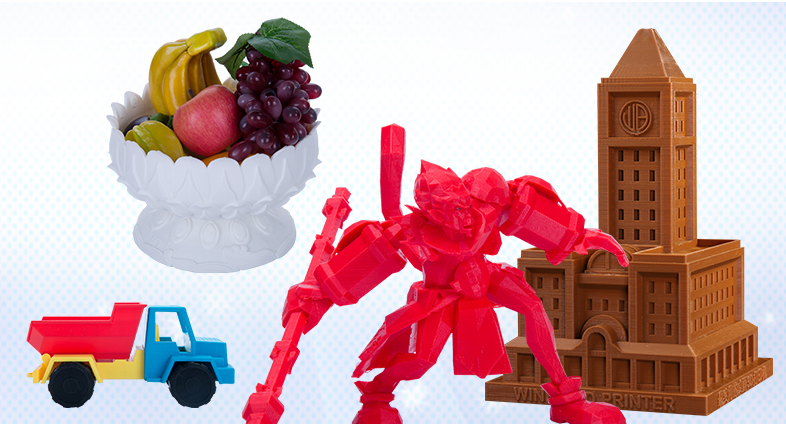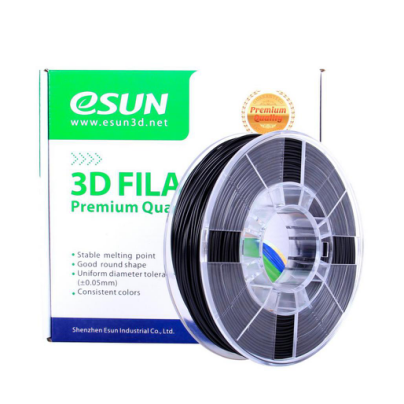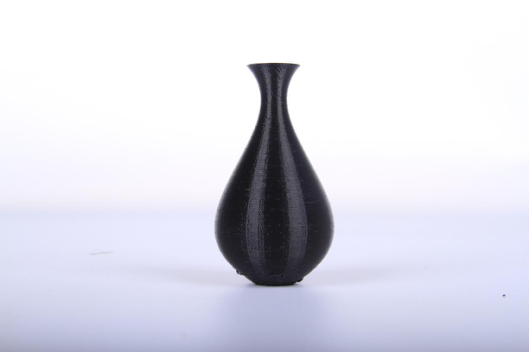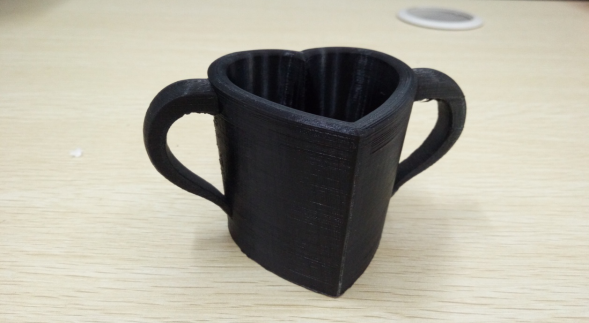News & Media
eSUN modified resin filament eASA is ready for you to try!
2017-09-05
Filaments with reliable quality and environment-friendly feature are people's first choice. For instance, filaments with metallic powders can print metallic prints; with photosensitive resin is perfect for jewelry and dentistry.

As a professional filament manufacturer, eSUN have a rich range of 3D filaments. Recently we've released eABS Max, a much welcomed tougher filament that adds flame retardant efficient performance to ABS+. This time we developed a modified resin filament eASA, one that's similar to ABS structurally.

About eASA
eASA is an impact modified resin composed of acrylonitrile, styrene and acrylic rubber.

Product feature
With a similarity in structure, eASA has excellent mechanical physical property as engineering plastics. Because the butadiene with double bond is replaced, eASA is given outstanding weather resistance, high temperature resistance and anti-UV performance. At the same time it works as an anti-static material that helps to gather less dust on surface.
Performance Indicators
|
Performance |
Testing method |
Unit |
ASA |
|
|
density |
ASTM D 792 |
g/cm3 |
1.0 |
|
|
Melt index(220℃/10kg) |
ASTM D 1238 |
g/10min |
10-15 |
|
|
Tensile strength |
ASTM D 638 |
Mpa |
50 |
|
|
Elongation at break |
ASTM D 638 |
% |
30 |
|
|
Bending strength |
ASTM D 790 |
Mpa |
35 |
|
|
Bending modulus |
ASTM D 790 |
Mpa |
4300 |
|
|
Izod Notch impact strength |
ASTM D 256 |
KJ/m2 |
19 |
|
|
Distortion temperature(0.46Mpa) |
ASTM D 648 |
℃ |
105 |
|
Printing parameters
1. Best print temperature: 220-260℃
2. Bed temperature: 70-110℃
3. Feed rate: 20-90mm/s
4. Idling speed: 90-150mm/s
Printing notices
1. Leveling printing plate before starting;
2. Heat the hot bed to 70~110℃ before printing, paste transparent golden polyimide high temperature resistance tape to the surface and keep it clean;
3. Keep a optimum distance between nozzle and plate (which allows you to paint out a flat line while moving your nozzles; if too far the line will be much mellow and too close will be hard to let filament out);
4. A lower filling rate can remit shrinkage crack for ASA during printing process;
5. Nozzle diameter should be bigger than layer thickness. Try parameter like 0.2, 0.25, and 0.3;
6. Better keep cooling fan off when printing and print in a closed area. Putting flapper around printer also helps to keep constant temperature environment.
PS: eASA has weak tear resistance, please try to avoid drag or twine; it’s also suggested to apply glue to plate to help it stick.
Application area
With weather resistance, high temperature resistance, anti-static and anti-UV performance, eASA can be applied in car, gardening, electronic, architecture, furnishing and other areas.



